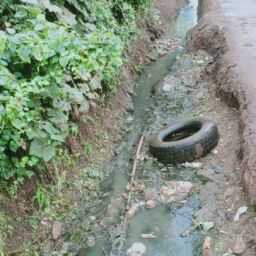
Aging Power Infrastructure in the US
The US electric grid is a mammoth, complex network of independently owned and operated power plants and transmission lines. Most of the currently available infrastructure was put in place across the 1950s and 60s. Its sheer age is now earning commentary like this, on NPR:
“The U.S. power grid is often equated to a highway system, one that has been seriously neglected and is now being pushed to its limits with the demands of our growing and changing energy needs. As we see the rise in demand for renewable energy sources to combat the environmental ramifications of fossil fuels, the grid will continue to be proven antiquated and in need of reinvention.”
The Department of Energy estimates that demand for electricity has increased by around 25 % since 1990 while construction of transmission facilities dropped 30%. According to Media Company Red Herring Inc., energy demand in the US is likely to surge 32% by 2015.
The grid failure of 2003 that affected the lives of over 50 million people is an oft-quoted example to underline the necessity of modernizing the US power grid. This is not just to deal with growing demand, but also to accommodate the new focus on renewable energy sources like wind, solar and hydro power: which are not easily inter-connectable to the existing grid without significant refurbishing. The goal, of course, is to address long term energy security. Opting for renewable energy and putting in place infrastructure like ‘smart grids’, however, calls for a sizable investment.
A key target to reduce energy lost in the distribution process is the emergence of higher efficiency requirements for power and distribution transformers. Currently, transformers are responsible for a sizable amount of the energy lost and it is here that the DOE is introducing rules to increase efficiency. According to the rules published by the DOE, the cost of liquid-immersed distribution transformers increases by up to 12%, but should decrease electrical losses by as much as 23%. It could also raise the cost of medium-voltage, dry-type transformers by up to 13%, but should decrease electrical losses by as much as 26%.
Although much of the energy efficient technology is a little more expensive, private and government-owned utilities have begun to invest in it for the reliability it ensures. Additionally, the initial investment more than pays for itself in the long run, due to the decreased energy lost in the transmission and distribution system.
renewable energy
#Aging #Power #Infrastructure
Will be pleased to have you visit my pages on social networking .
Facebook page here.
Twitter account is here.
Linkedin account here
Post byBedewy for info askme VISIT GAHZLY

